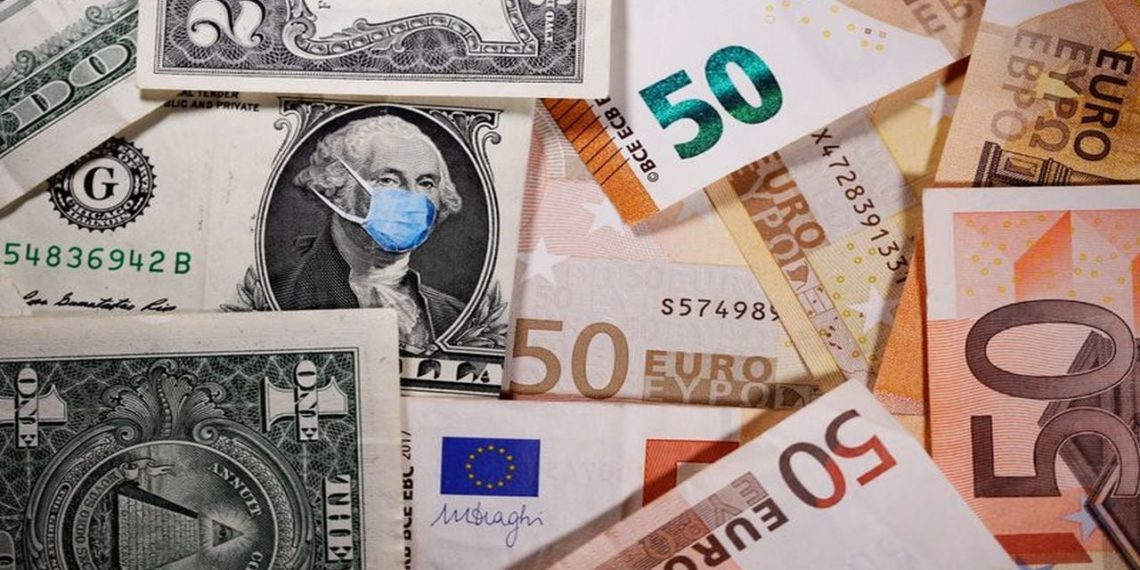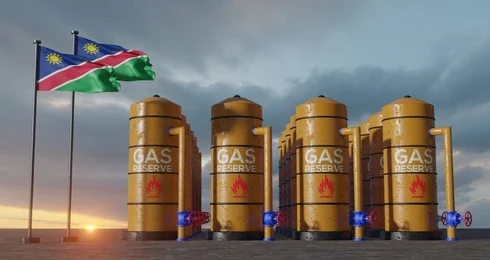Total official development assistance (ODA) jumped up to US$161.2 billion in 2020, reflecting its highest level to date. However, it represented only 1 percent of total resources mobilized for the pandemic.
With economic activity slowing down and GDP contracting, ODA was expected to decline drastically, albeit it recorded a significant rise during the period. Comparing to 2019 levels, this marked a 3.5 percent increase in real terms. This notwithstanding, the rise could not compensate for the relative fall in other resource flows.
Based on available data, $11.9 billion of ODA disbursements targeted pandemic-related activities. Of this amount, $3.27billion targeted support to the health sector and $554million went into debt relief grants to developing countries.
More so, ODA trended below support in the form of stimulus packages on a global level, amounting to $16 trillion. Thus, ODA represents only 1 percent of the total resources mobilized to respond to the pandemic.
While ODA to developing economies increased, it merely scratched the surface of providing support to countries, as all other sources of financing such as remittances, foreign direct investment (FDI), private capital flows and trade slumped markedly.
Therefore, the financing needs of most developing economies have also heightened, as many have fallen into debt distress levels. Thus, allocating $650 billion is in special drawing rights to support the liquidity profile of developing countries.
While some analysts have bemoaned that the support is inadequate due to the higher vulnerabilities of countries, at least it is a support in the right direction.
Fall in investments in 2020
According to the up-to-date information on the new portal tracking the impact of the pandemic on trade and development, all types of investments declined, namely, greenfield projects (-35 percent), cross-border mergers and acquisitions (-10 percent) and international project finance (-2 percent).
According to the new portal for tracking trade and development developed by UNCTAD, the value of cross-border mergers and acquisitions reached $456 billion in 2020, showing a decrease of 10 percent compared with 2019 levels.
The number of mergers and acquisitions fell sharply in North America but increased in Europe, due to one major deal. The value of greenfield projects reached an estimated $547 billion in 2020, a decline of 35 percent compared with 2019. Recorded declines were concentrated in developing economies (-46%), mainly in the Caribbean and Latin America. International project finance declined by only 2% due to a rally in the final months of 2020.
Specifically, the portal seeks to enhance policymakers’ understanding of the wide-ranging impact of the pandemic. It also serves to help them design suitable recovery policies.
“As countries and the international community design recovery policies to help build resilient and more inclusive and sustainable economies, up-to-date analysis is critical,” UNCTAD Acting Secretary-General Isabelle Durant said.
“Mistakes from past crises, such as the 2008 financial crisis, must be avoided.”
Isabelle Durant, UNCTAD Acting Secretary-General
READ ALSO: Tullow Oil plc rating subject to review following proposed bond issuance- Moody’s





















